[Photo story] From admirer to conquerer then equals: Japan's evolving relations with China over the centuries
Relations between China and Japan have not been easy, especially given Japan's history of invading China and colonising Taiwan. Historical photo collector Hsu Chung-mao gives us a look into that period of strife and struggle.

(All images courtesy of Hsu Chung-mao.)
While China also has territorial sovereignty issues with India and Russia, these are less sensitive and fragile than the territorial sovereignty disputes between China and Japan over the Senkaku/Diaoyu Islands, which can easily escalate into a clash of public emotions and potentially spin out of control.
The fundamental reason is that modern China has suffered from the ravages of Japanese aggression that has caused profound damage. While the leaders of both countries have tried to heal the wounds of history, the pain still lurks in the hearts of the Chinese people.
Most Westerners would find it hard to understand why today's Chinese still live with the mentality of the "century of humiliation"; after all, the West was the perpetrator of imperialism and colonialism at the time, not the victim. Westerners today do not understand the victim's emotional state and even look at China with the same arrogant attitude of the past, which would naturally lead to strong backlash.
But while the war-generation Japanese understood the feelings of the Chinese people and were circumspect in handling relations with China, the new generation of Japanese leaders was born after the war, and their grasp of historical issues is not as acute as the previous generation, increasing the sense of distance and potential conflict between the two sides.
Japan's admiration for Tang culture
Historically, China and Japan have had close relations. According to legend, Japan's history began around 600 BC; but Japan established its own written records of history only after studying Chinese culture and characters in the fourth century. Tang culture had a profound impact on Japan, including religion, architecture, clothing, Confucian ethical values, and more.
Through learning about Tang culture, Japanese intellectuals became proficient in Chinese history, admired ancient Chinese sages and heroes, wrote Chinese poetry, and even used many Chinese idioms in Japanese. To put it simply, the Japanese people's admiration for ancient China is similar to how Westerners feel about ancient Greek and Roman myths, and they consider it the source of their cultural heritage.
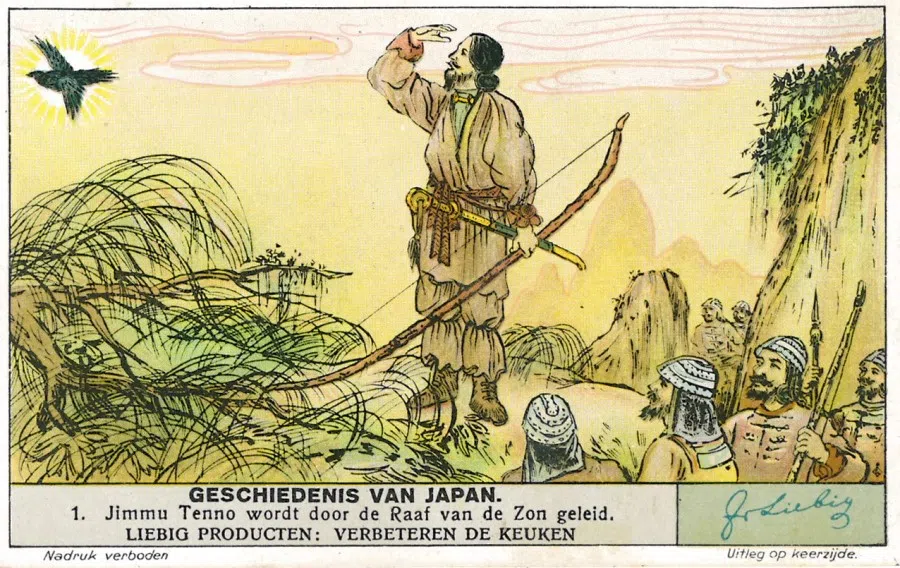
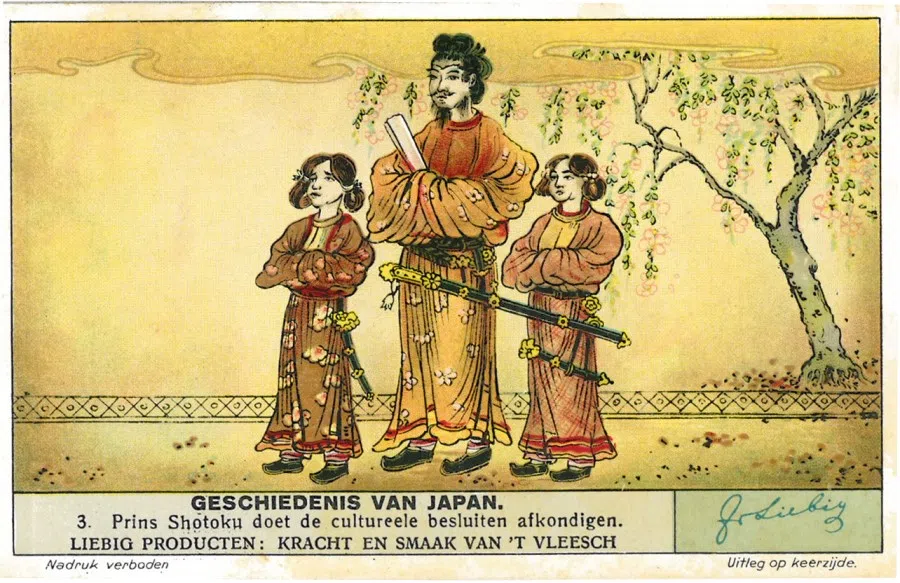
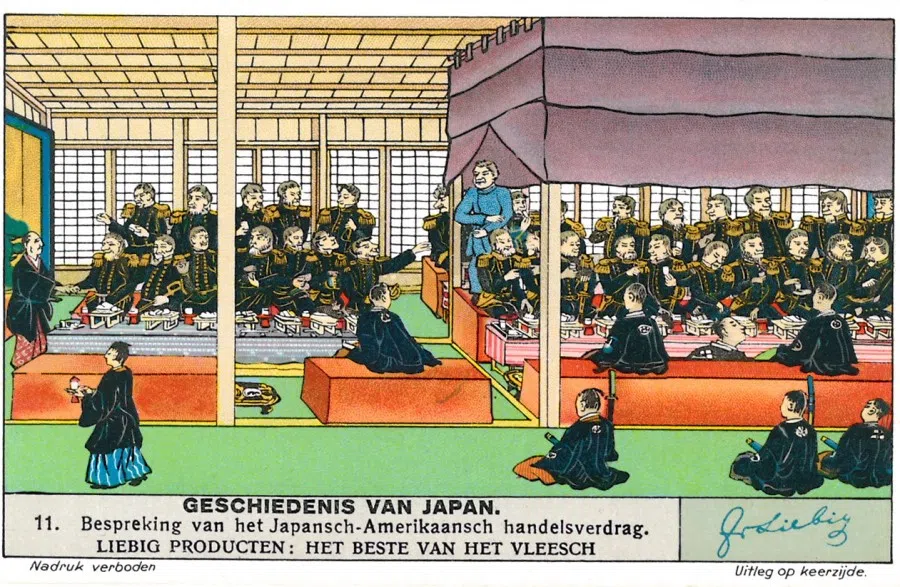
On the other hand, historically, among Western leaders influenced by Greek and Roman culture, there were also those who desired to conquer Rome and become its emperor - there were also Japanese leaders with such sentiments. In the 16th century, Japan's military ruler Toyotomi Hideyoshi showed his ambition to conquer the Ming dynasty to establish the latest Chinese dynasty. While he eventually failed in his expedition to the Korean peninsula, that mindset has always existed.
During the Age of Discovery in the 17th century, merchant ships from western Europe sailed to the East in search of trade opportunities and established colonies in Southeast Asia. However, their power did not yet extend to Northeast Asia. But this began to change in the mid-19th century.
In 1842, during the First Opium War, the British empire used firearms to force the Qing empire to pay reparations and cede Hong Kong. In 1853, American warships arrived in Japan and forced Japan to accept its first unequal treaty and to open up to the outside world, in what became known as the "Black Ships" incident. During the Second Opium War in 1860, British and French forces attacked Beijing and burned down the Old Summer Palace. China was forced to pay reparations, open up coastal ports, and agree to allow Western ships to freely navigate China's inland rivers.
The young Meiji emperor vigorously promoted Japan's modernisation, not only learning from the West in terms of modern military, economic, cultural and social management methods, but even following Western imperialism and colonialism in expanding outward.
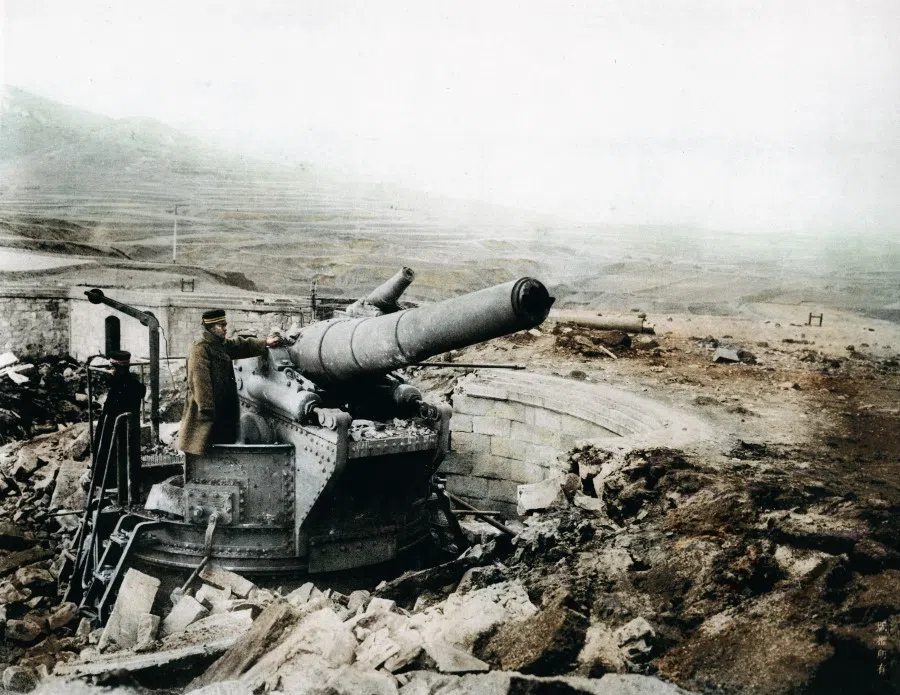
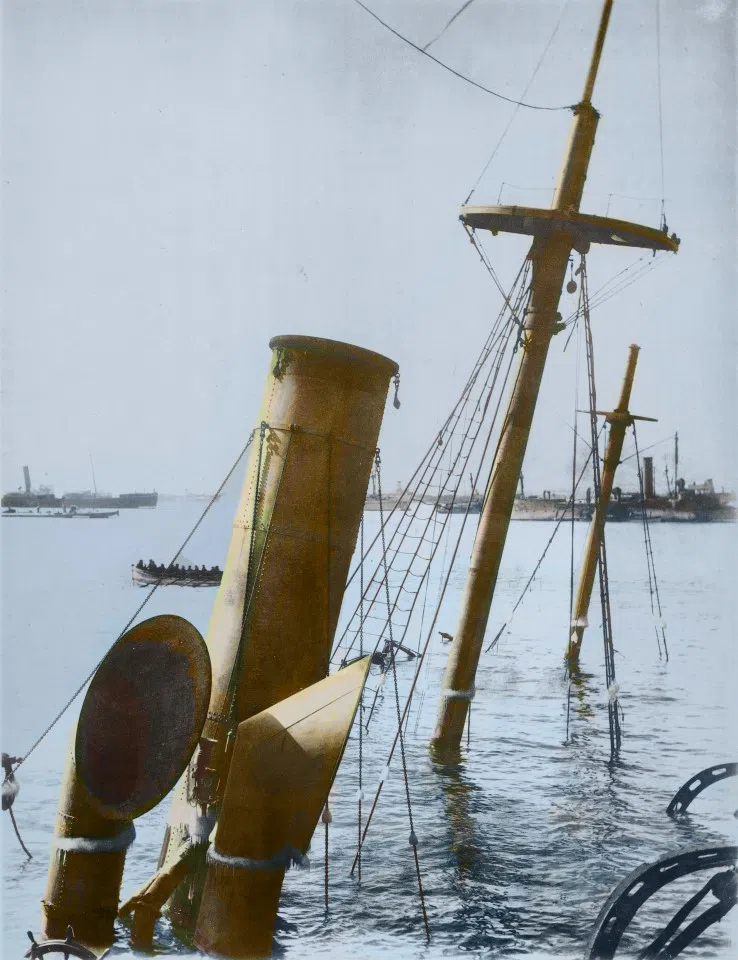
Similar plights, different fates
China and Japan both faced the threat of invasion by Western powers and began to learn modern Western technology, promoting the modernisation of their respective countries. However, the fate of the two countries was quite different. China was in the final stage of decline under the Qing dynasty, with its political corruption and incompetence, which finally led to the Republican Revolution.
By contrast, in Japan reformist forces opposed the shogunate and supported re-establishing the ancient imperial authority of the figurehead Japanese emperor. The young Meiji emperor vigorously promoted Japan's modernisation, not only learning from the West in terms of modern military, economic, cultural and social management methods, but even following Western imperialism and colonialism in expanding outward.
In 1874, the Meiji government sent troops to attack Taiwan, which became the basic model for Japan's later military aggression against foreign countries. In 1895, Japan defeated China in the First Sino-Japanese War, gaining significant war reparations and forcing China to cede Taiwan.
In the Boxer Rebellion of 1900, Japan became one of the Eight-Nation Alliance, officially joining the ranks of the world powers. In the Russo-Japanese War of 1905, Japan defeated the Russian empire, and in 1910 it formally annexed the Korean peninsula. Within about 50 years, Japan rapidly transformed from a mediaeval country to a military power in Asia, on par with the world powers.

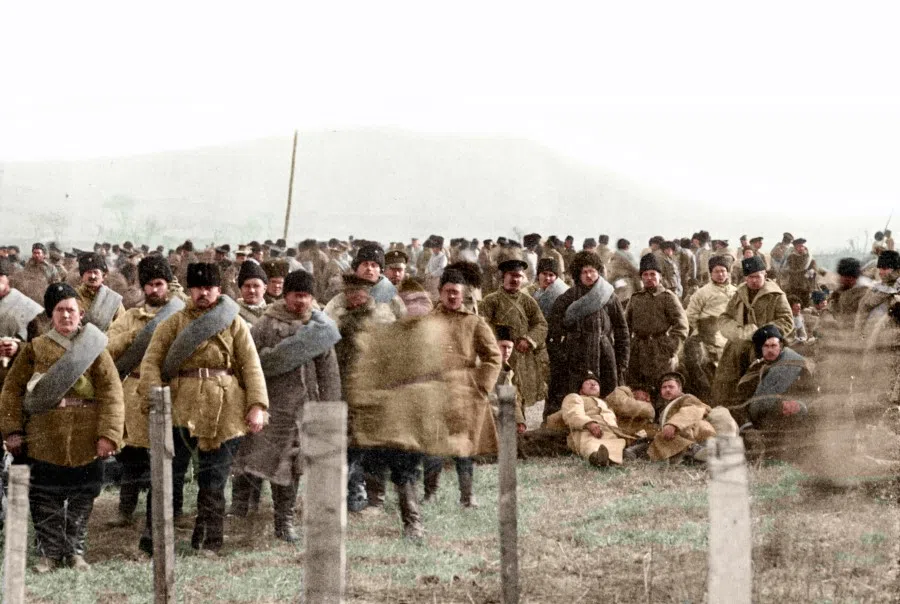
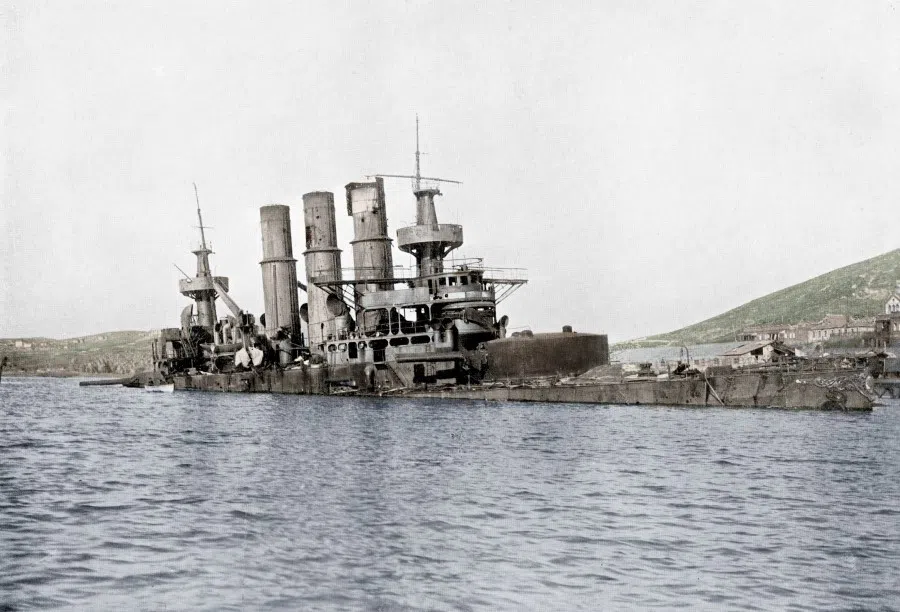
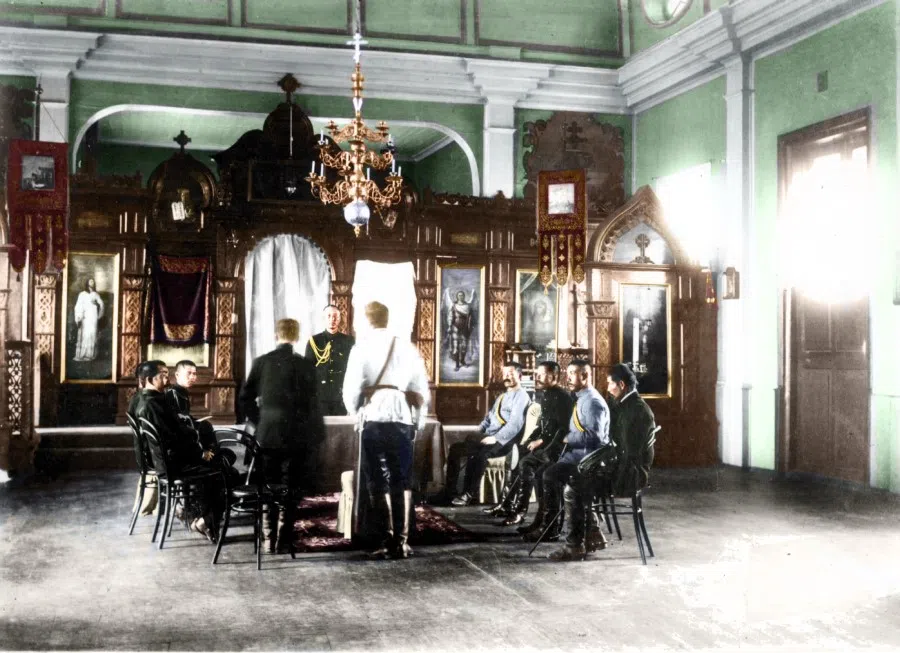
Through Japan's rise and growth, China almost always suffered defeats in its armed conflicts with the world powers; during the Boxer Rebellion, it was even in danger of being partitioned by foreign powers. Chinese intellectuals sought to rebuild China. After the First Sino-Japanese War, even through their shame, the Chinese people were inspired to travel to Japan to learn to modernise.
They did not learn from Japan to submit to the Japanese, but to catch up with the times, surpass Japan, and eventually lead the world again as they had done before.
In the past, China had been Japan's teacher, but now the roles were reversed. The Japanese even used ancient Chinese characters to create modern vocabulary that the Chinese could inherit and use. However, the strong sense of national pride among the Chinese was always there. They did not learn from Japan to submit to the Japanese, but to catch up with the times, surpass Japan, and eventually lead the world again as they had done before.
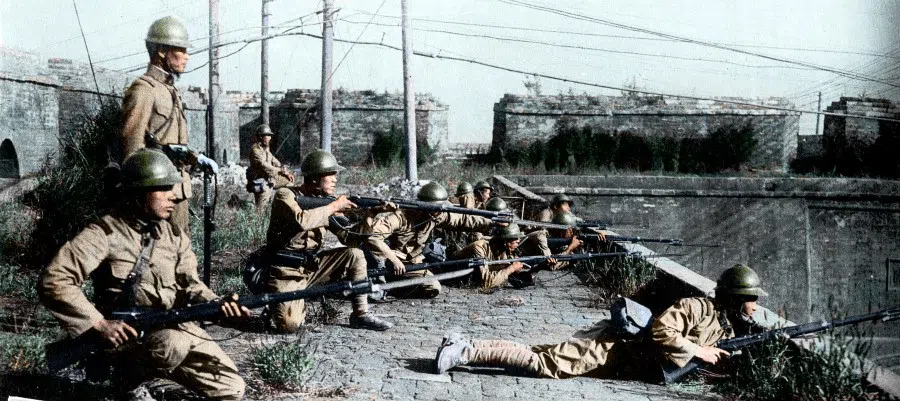
After the establishment of the Republic of China, despite falling into chaos and warlordism, the people had awakened. Progressive intellectuals gathered in Guangzhou and, with the help of the Soviet Union, established a unified military force, quickly achieving national unity.
China's 'golden decade' and the trauma of humiliation
Despite the subsequent split between the Kuomintang (KMT) and the Chinese Communist Party (CCP), as a whole China's progress did not slow. From 1927 to 1937 - known as the "golden decade" - China made significant progress in all areas, including politics, military, economy and society.
In 1931, Japan initiated the "Mukden incident", quickly occupying Manchuria and pushing for the establishment of the puppet government of "Manchukuo". However, in January 1932, during military operations launched in Shanghai, Japan suddenly realised that they were facing a different Chinese army. The Chinese soldiers charged forward fearlessly, with the entire Chinese people behind them. China's army was now able to engage in fierce positional battles with the Japanese army, and made them pay a heavy price.

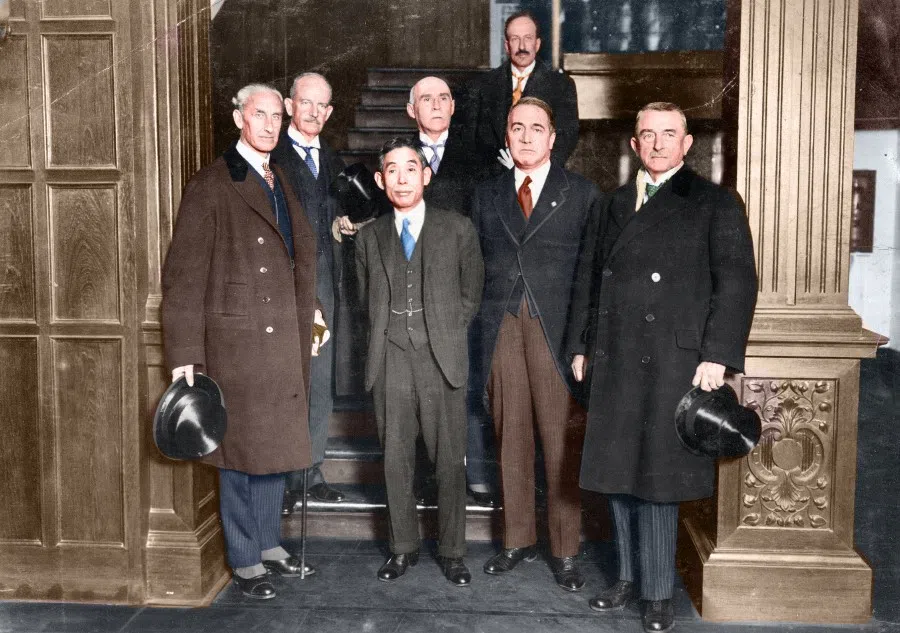
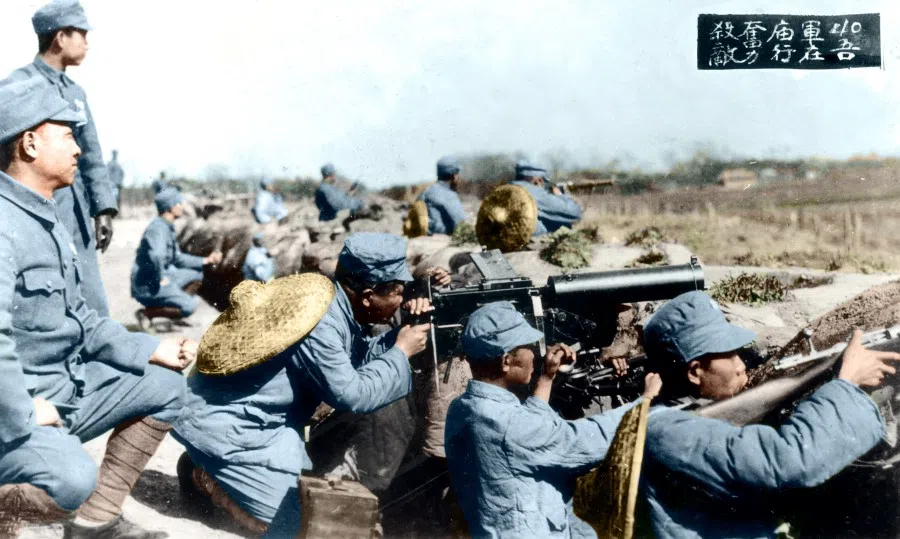
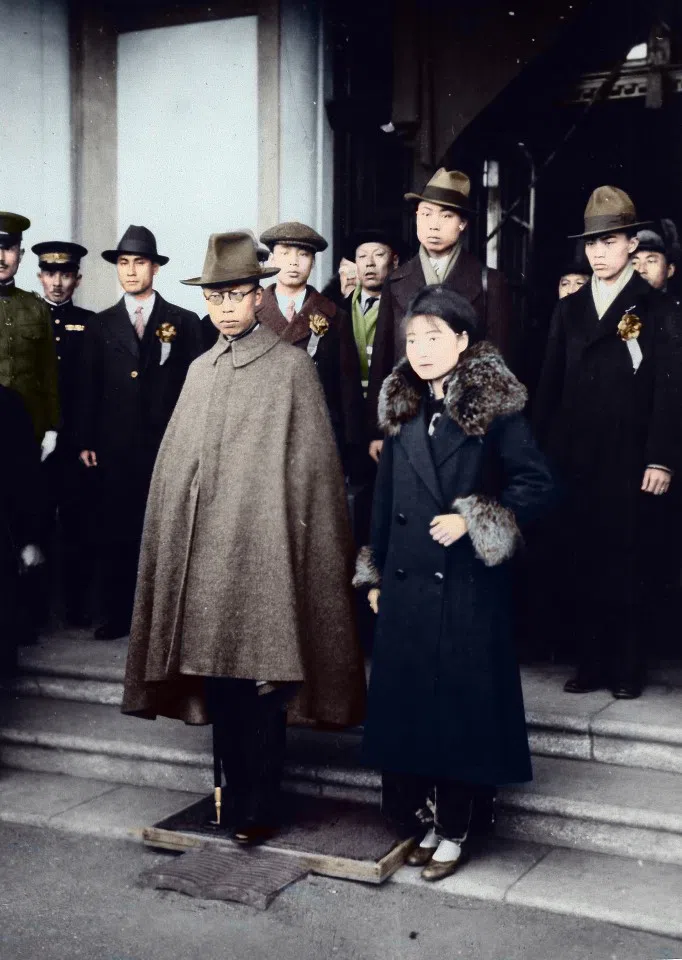
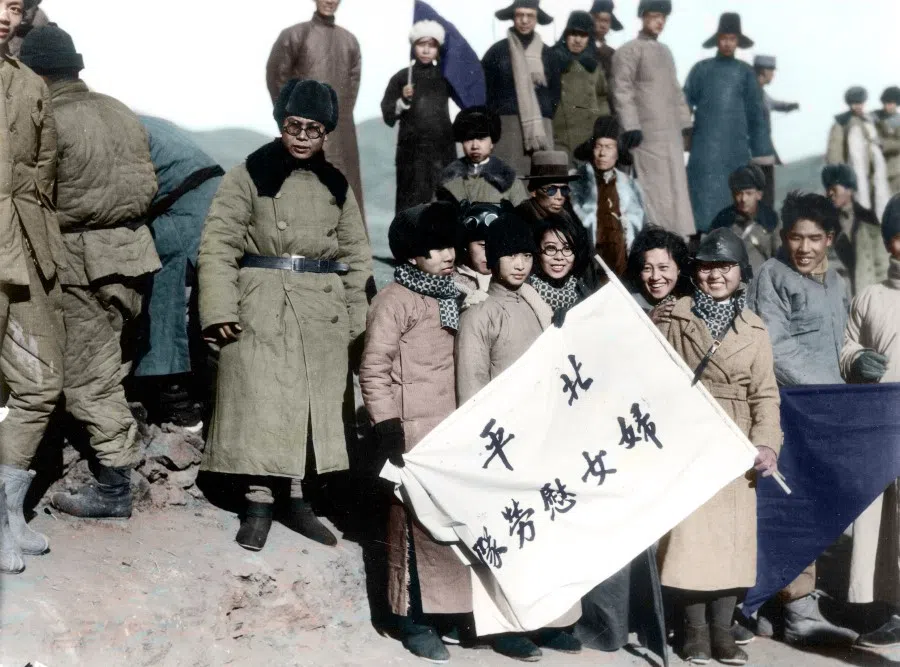
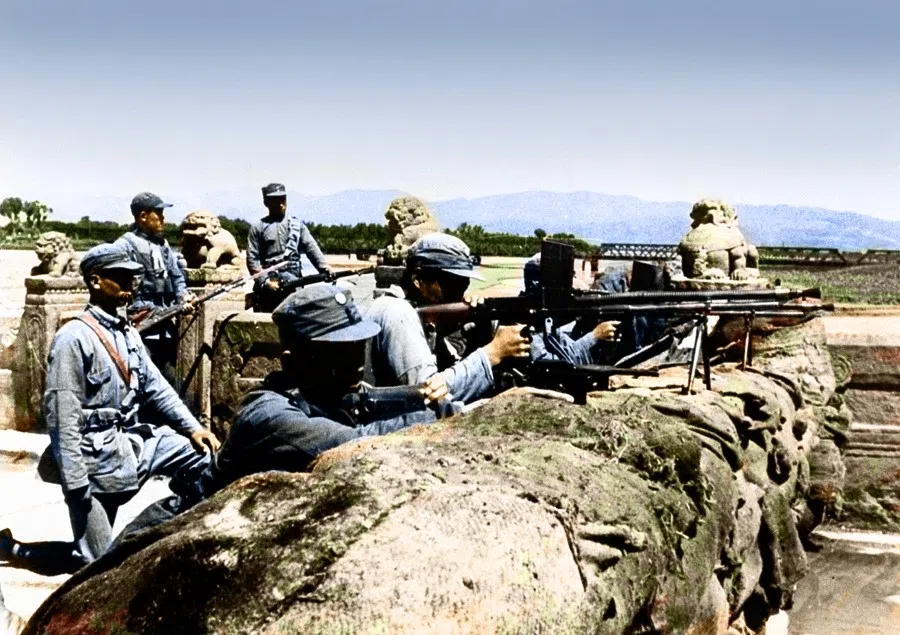
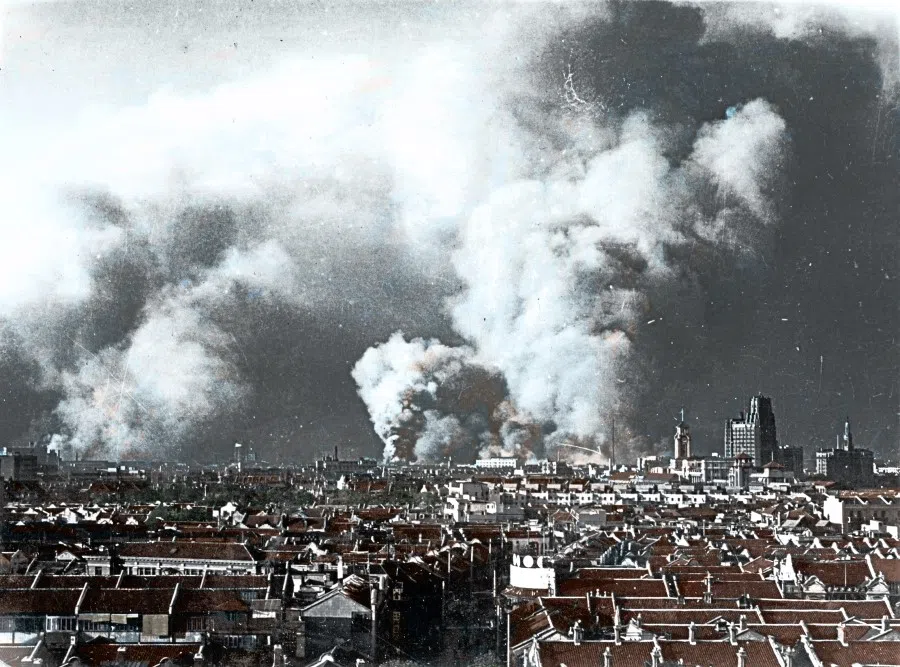
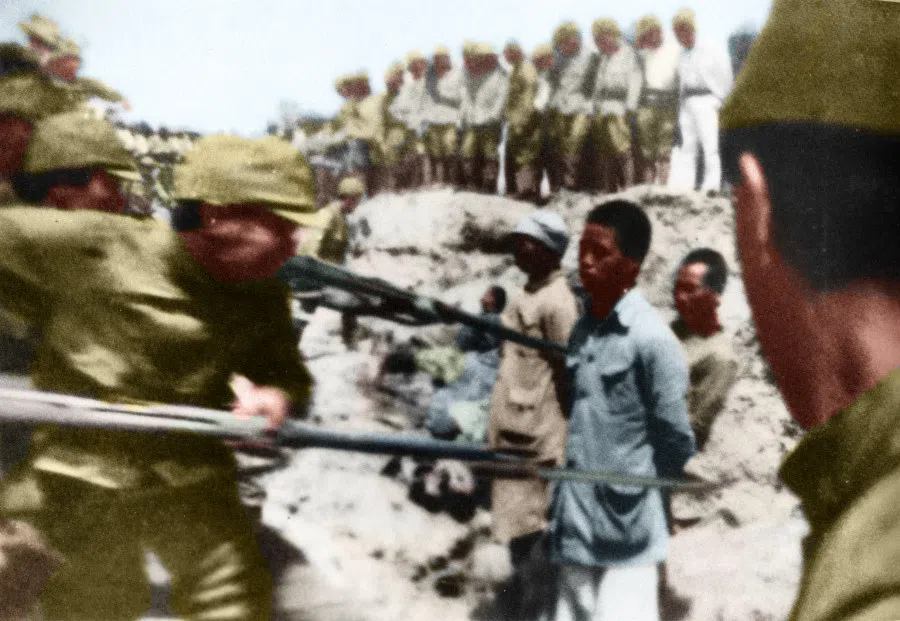

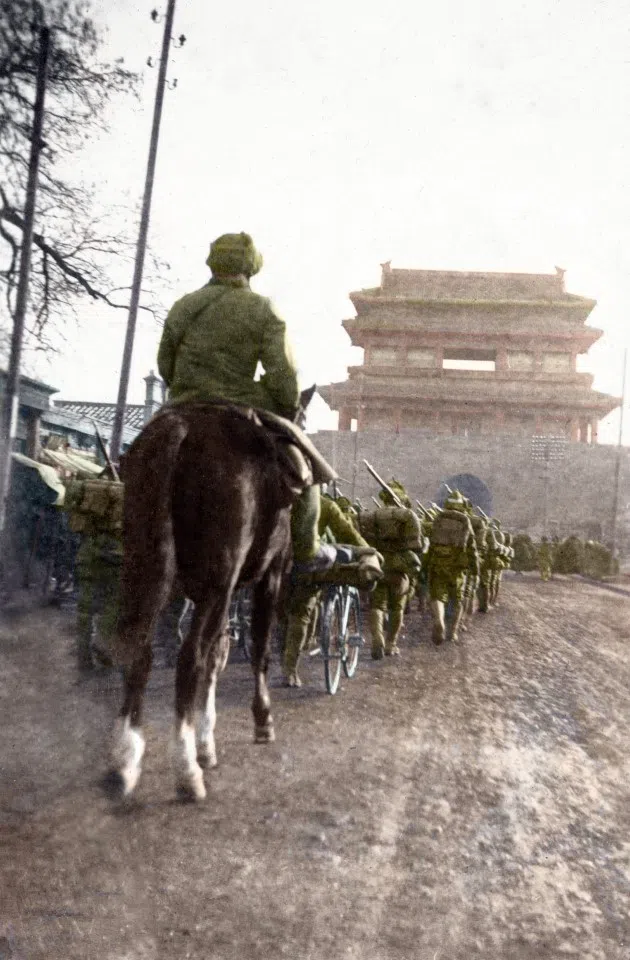

In 1937, after the integration of the KMT and the CCP, an all-out war broke out between China and Japan. China did not make any concessions, and Generalissimo Chiang Kai-shek emphasised in his resistance speech: "If we give up an inch of our land and sovereignty, we will be the eternal sinners of the Chinese nation! We can only fight for the survival of our nation with all our lives, and seek our final victory.
"At the critical moment, we can only fight to the end and sacrifice everything for the nation's survival.
"The land has no division of east, west, south, or north, and age and gender do not matter. All have the responsibility to defend the land and fight against the enemy!"
Chiang's words reflected the Chinese people's shared feeling of national humiliation and determination to defend the country's sovereignty. Japan achieved rapid victory in the first year of the war, occupying large areas of Chinese territory, but also reached its strategic maximum point, leading to a prolonged stalemate with China.
China finally won and regained Taiwan, the Penghu Islands, and Manchuria, which had been occupied by Japan, returning China and Japan to their pre-1895 territories before the First Sino-Japanese War.
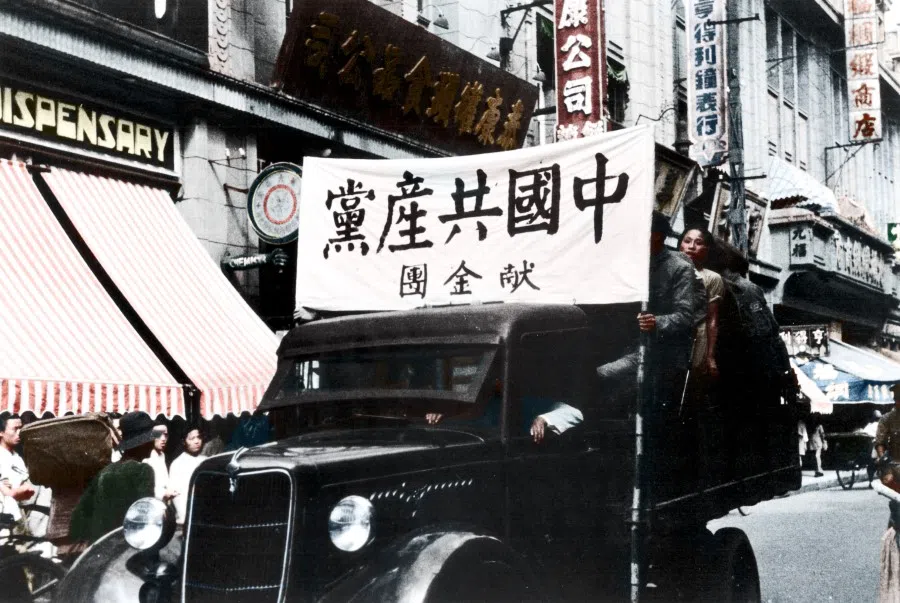
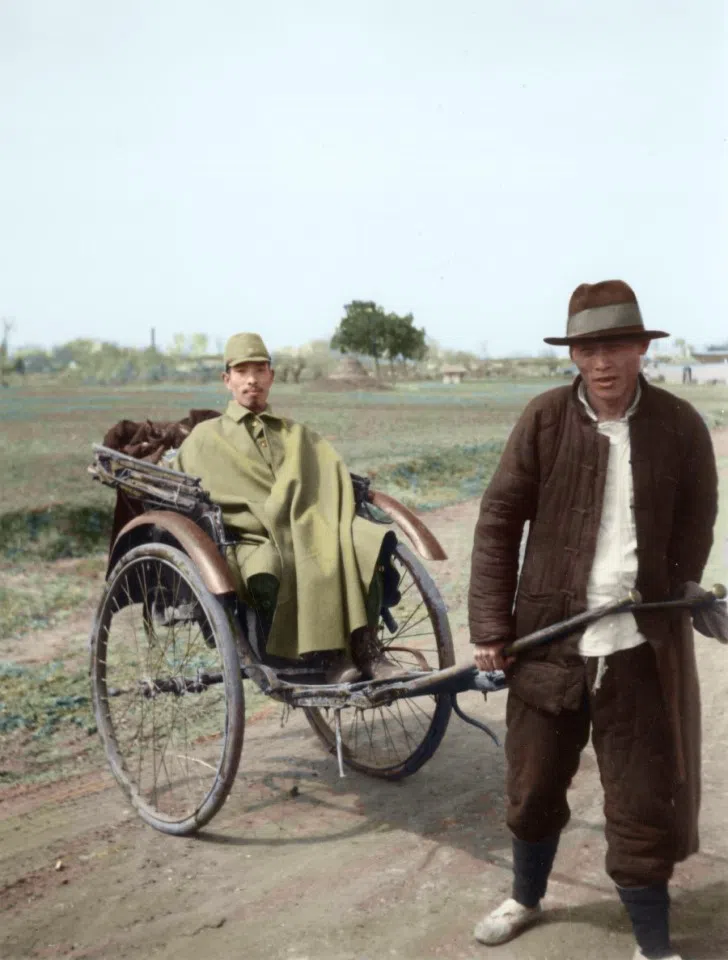

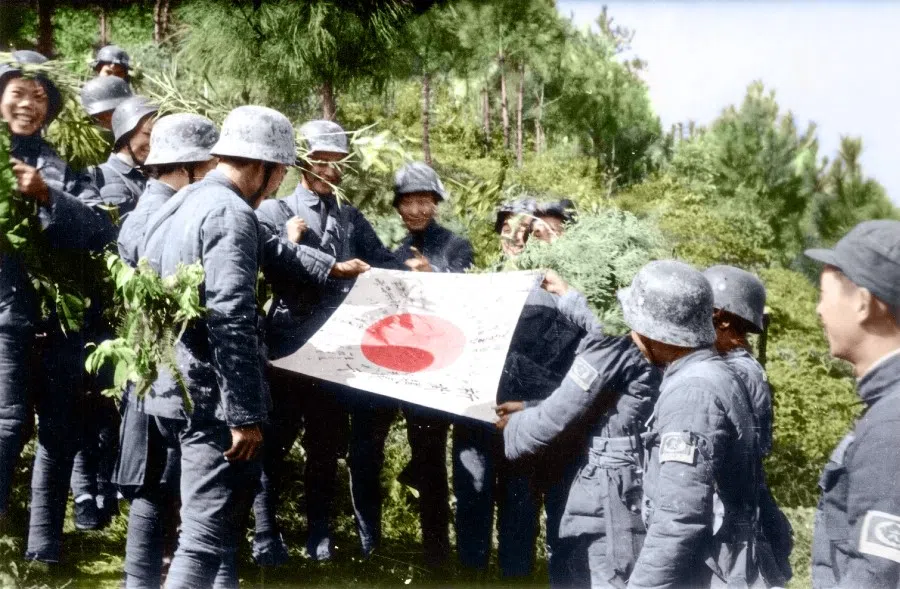
In late 1941, Japan's surprise attack on Pearl Harbor led to the Pacific War, and the Eastern and Western theatres were combined. China, the US, Britain, and the Soviet Union formed the Allied countries and thoroughly defeated the Axis powers of Germany, Italy, Japan, and Vichy France in about three years. After suffering countless losses in human lives and property, China finally won and regained Taiwan, the Penghu Islands, and Manchuria, which had been occupied by Japan, returning China and Japan to their pre-1895 territories before the First Sino-Japanese War.
As for dealing with the defeated Japan, there is a famous quote from Chiang Kai-shek's victory speech: "Today, our allied forces have defeated the enemy, and of course, we must strictly hold them responsible for faithfully implementing all the surrender terms. But we do not seek revenge, and we must not humiliate the innocent people of the enemy country. We can only show compassion to those who have been fooled and coerced by their Nazi warlords, so that they can free themselves from their mistakes and sins. We must understand that if we respond to their past violence with violence and answer their former superiority complex with enslavement, then revenge will continue endlessly and will never end. This is not the purpose of our army of justice and righteousness." Chiang's words represent the highest level of China's traditional spirit of forgiveness.
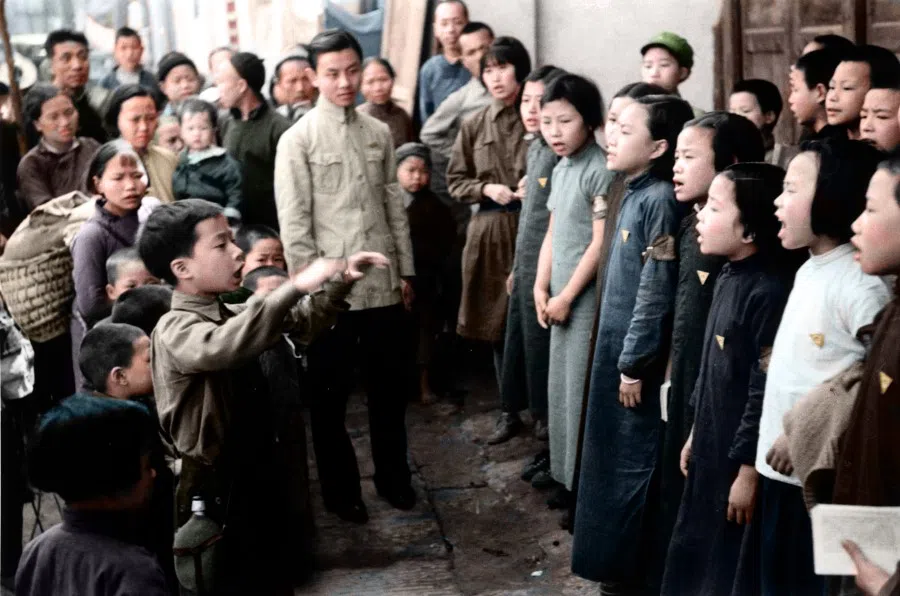
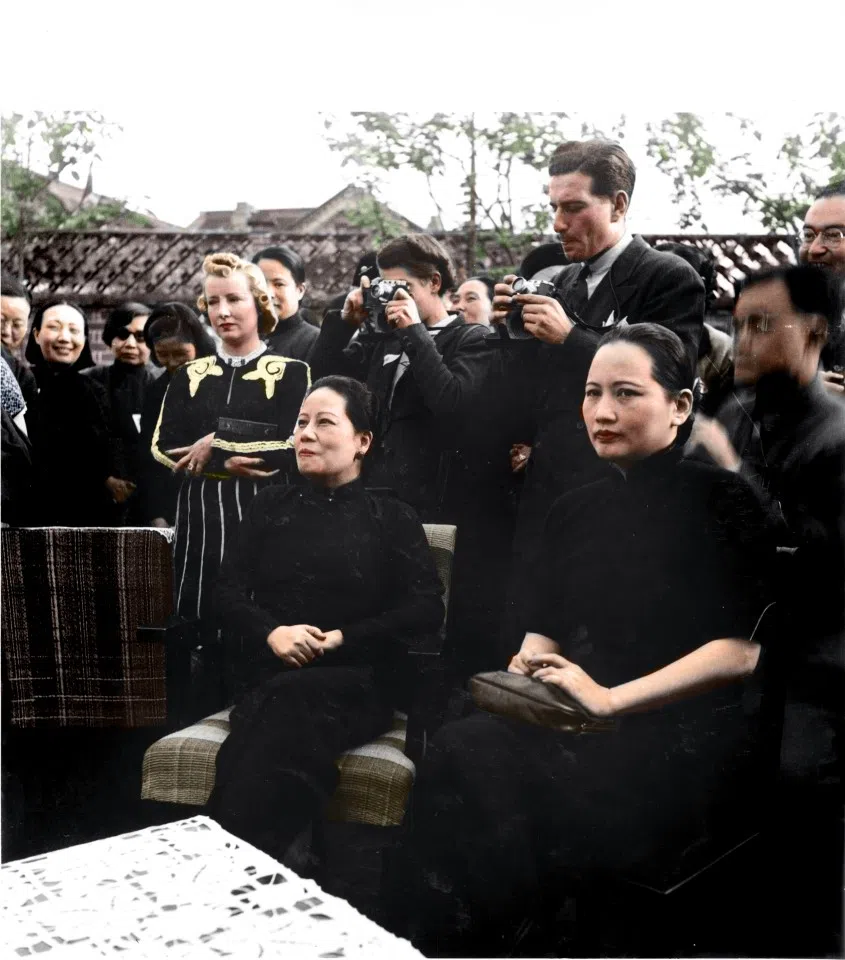



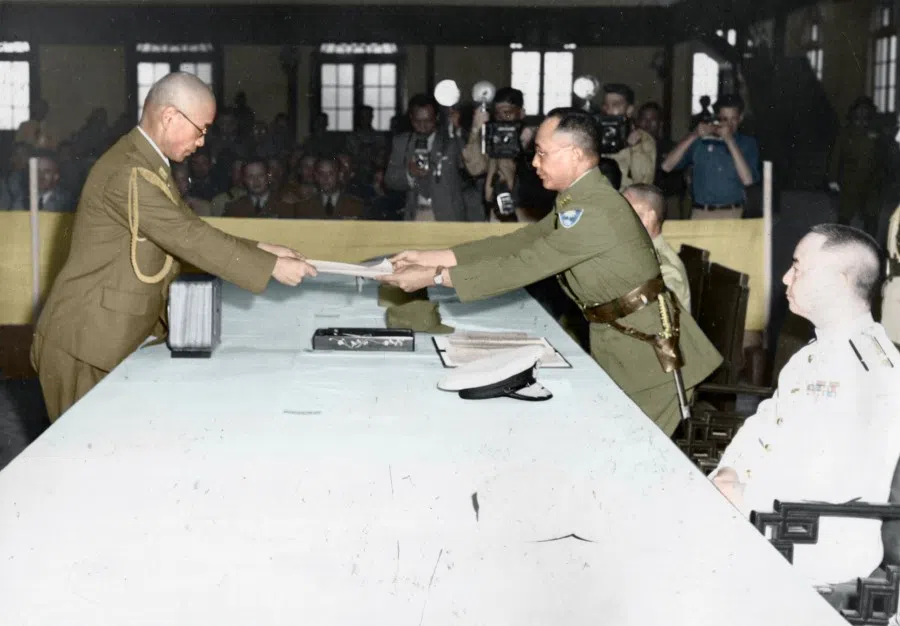
After World War II, due to the resurgence of the Chinese civil war between the KMT and CCP, the People's Republic of China established by the CCP in Beijing was recognised by most countries as the only legal government of China, while the Republic of China (ROC) moved to Taiwan. Japan followed the US in recognising the ROC government in Taiwan as the only legitimate government of China. However, in 1971, with the People's Republic of China (PRC) replacing the ROC in the United Nations, Japanese Prime Minister Tanaka Kakuei visited Beijing the following year, achieving the normalisation of relations with China before the US. At the same time, it terminated its diplomatic relations contract with the ROC, and established a representative institution for civilian exchanges with Taiwan.
When the KMT ruled Taiwan, there were no major obstacles to Sino-Japanese relations because the KMT was a Chinese political party that advocated that both Taiwan and mainland China were part of China. Many of Japan's political leaders were also pre-war Japanese military figures who knew the leaders of the KMT in mainland China. When they visited Taiwan and met with KMT members, it was like old friends reuniting who knew one another well, except that they were previously in mainland China, and now they were in Taiwan.
However, since the Democratic Progressive Party (DPP) took power and began advocating that Taiwan is not part of China, and with Japan's new generation of political leaders no longer feeling a sense of remorse for their past aggressive war, the situation has become complex and delicate.
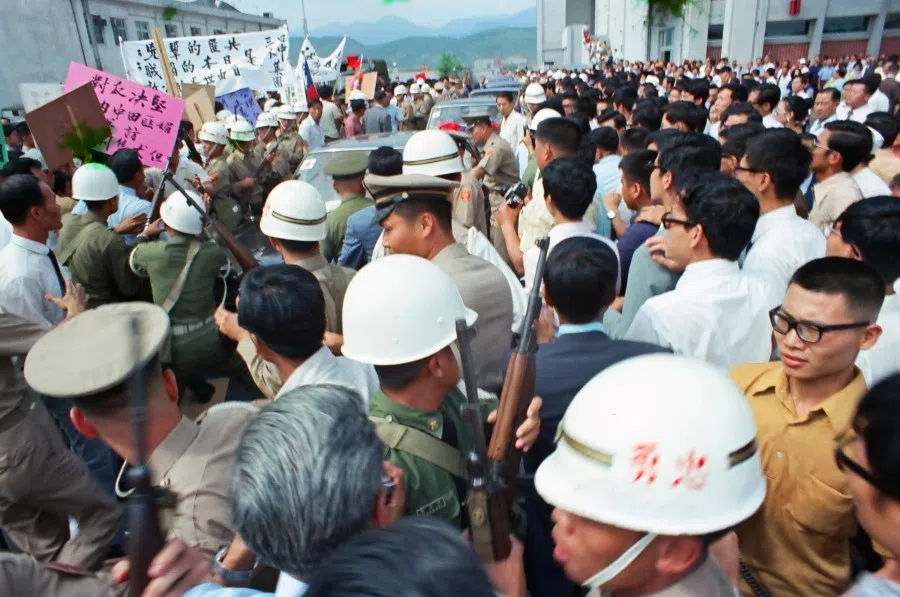
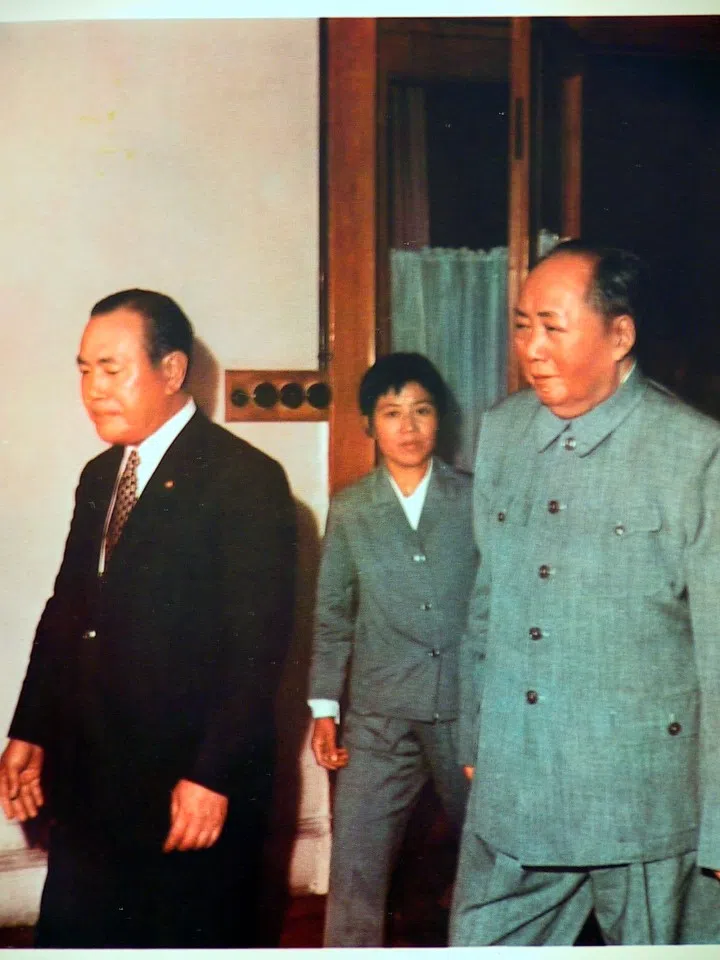
New generation of leaders who may not take note of the sensitivities
Besides, they had a deep understanding of the painful experiences of the Chinese people in modern history, so they were very cautious in handling cross-strait issues and knew how to exercise restraint. However, since the Democratic Progressive Party (DPP) took power and began advocating that Taiwan is not part of China, and with Japan's new generation of political leaders no longer feeling a sense of remorse for their past aggressive war, the situation has become complex and delicate.
Japan is not the US, which once fought alongside China to resist fascist aggression, making it easier for both sides to rekindle the camaraderie of fighting together. Japan was the enemy at the time, and occupied and colonised Taiwan for 50 years. If the Japanese government is ambiguous about Taiwan's sovereignty, it will stir memories of Chinese suffering from Japanese aggression and provoke strong reactions.
Returning to what China-Japan relations used to be is a challenge for both countries, and particularly for Japan.
In recent years, there have also been voices in China's government and civil society challenging the sovereignty of the Ryukyu Islands, arguing that Article 9 of the Potsdam Declaration clearly establishes the validity of the Cairo Declaration, and that Japan's post-war territory is limited to the three main islands, while the Ryukyu Islands are under the trusteeship of the United Nations and their sovereignty is uncertain.
Simply put, if Japan secretly supports Taiwan's independence, China does not rule out supporting Ryukyu's separation from Japan. The disputes between China and Japan have gone beyond the Diaoyu Islands and have gone into more sensitive and serious territory, which Westerners may not yet fully appreciate.
In short, as China's international status continues to strengthen and it gradually returns to its past status as a major world power, the comparison of power and status between China and Japan will also return to historical norms. Returning to what China-Japan relations used to be is a challenge for both countries, and particularly for Japan.
Related: [Photo story] The Soong sisters and their place in Chinese modern history | [Photo story] The historical aftermath of Japan's colonisation of Taiwan | [Photo story] China-US relations in the late 19th century: Is history repeating itself? | Yasukuni Shrine visits: A mirror reflecting Sino-Japanese relations
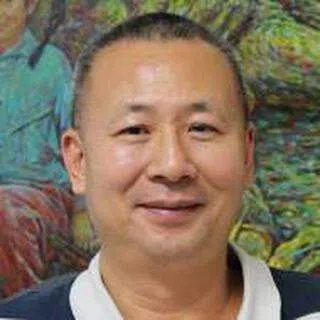




![[Big read] China’s 10 trillion RMB debt clean-up falls short](https://cassette.sphdigital.com.sg/image/thinkchina/d08cfc72b13782693c25f2fcbf886fa7673723efca260881e7086211b082e66c)